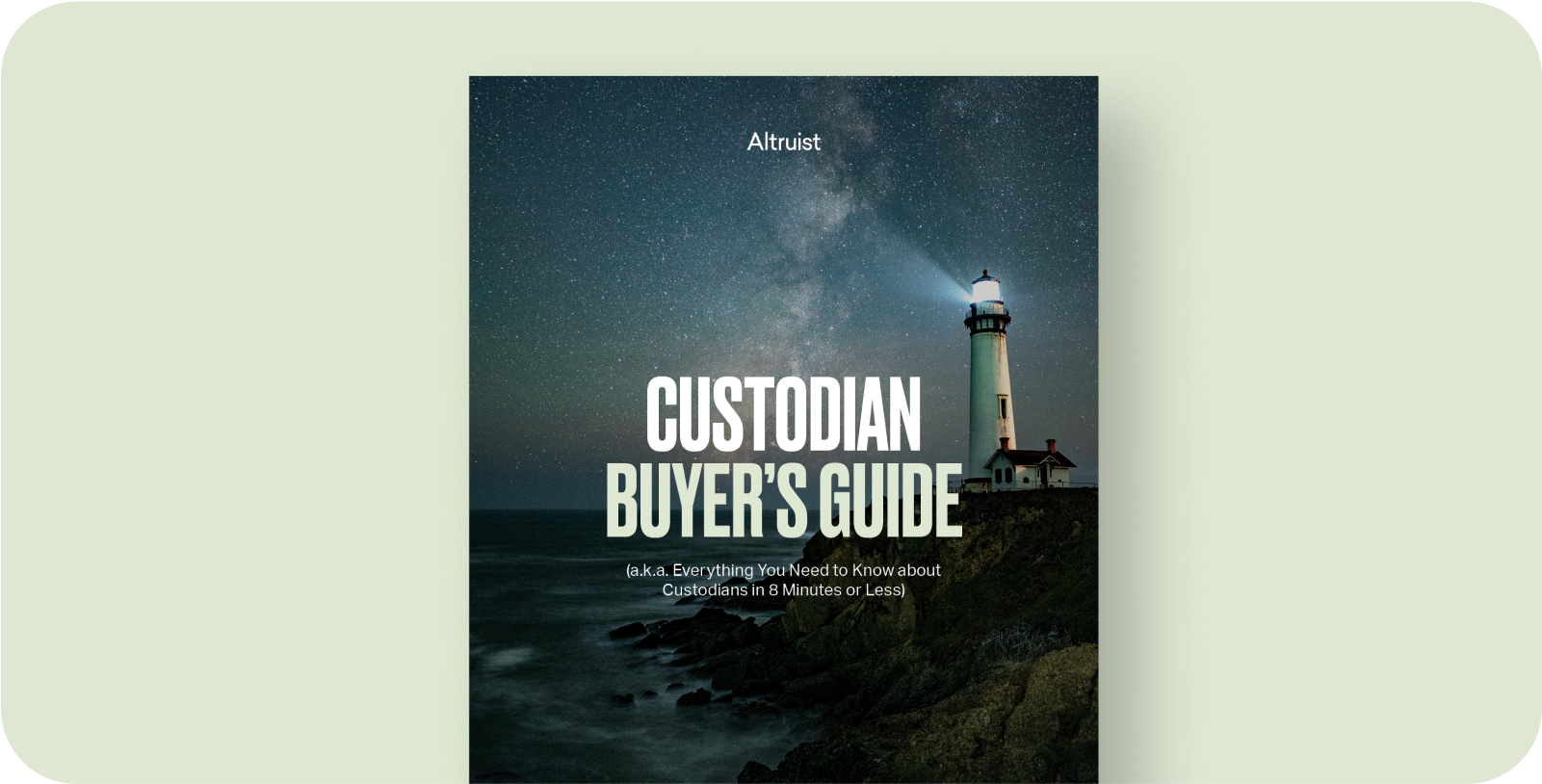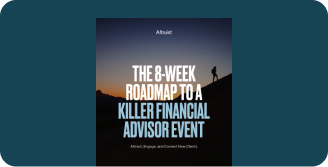Regardless of industry or niche, marketing remains the best way to build brand awareness, attract new customers, and build stronger relationships.
However, only 23% of financial advisors possess a defined marketing plan. It’s understandable – time is precious. The lion’s share of an advisor’s day is spent running their business, sitting down with clients, managing investment portfolios, and ensuring compliance.
Modern marketing is also an increasingly technical field. New tools and platforms are released seemingly daily. Being spoiled for choice is good, but as a non-marketing specialist, it’s tough for RIAs to know where to start, especially considering the below:
- 91% of financial advisors say developing a digital marketing strategy is challenging.
- 86% admit it’s challenging to find the time for marketing efforts.
- 86% find it challenging to select the appropriate marketing technology tools.
This means a good RIA marketing plan doesn’t just have to work; it must also be efficient and cost-effective.
What's a marketing plan, and how does it benefit your business?
At its core, a marketing plan helps define your brand. It sets expectations, goals, and your strategic long-term approach and growth aspirations for everything related to the marketing function.
A good marketing plan covers everything from your firm's name to your logo, your website to your social media presence, and your overall brand messaging, mission, and ethos. It also outlines your arsenal's various channels, platforms, and technologies – think Search Engine Optimization (SEO), webinars, email, and more.
Ultimately, good marketing is nothing without a good marketing plan, and RIAs that spend the time putting together a solid plan will reap the rewards of a strong marketing approach. These include:
- Brand awareness: First impressions count. Even if you’re the world’s greatest face-to-face communicator, you might not even get that far unless your marketing is up to scratch. That’s what good marketing can achieve, brand awareness that gets your firm noticed for all the right reasons.
- Scale: Good brand awareness will invariably generate more leads, drive more traffic to your website, and increase conversions. The best marketing plans will leave room for exponential growth, evolving alongside your firm and achieving measurable success.
- Richer relationships: Marketing isn’t just about acquisition. Good marketers will incorporate existing clients into their activities through tactics such as automated offers, follow-up calls, and nurture campaigns – all to keep customers feeling engaged and valued. The more customers feel cherished and trust your services, the more they invest, meaning good marketing can directly contribute to increased customer lifetime value (CLV).
Four essential features of a strong RIA marketing plan
Drawn in by the benefits, many RIAs are guilty of jumping straight into the marketing deep end, launching new campaigns without clearly defining and setting expectations and objectives. To ensure that doesn’t happen, here are the key components of a marketing plan for financial advisors.
Define your target market and value proposition:
1. Define your target market and value proposition:
- Target market: Define your niche and unique selling point: do you cater to families, retirees, or young high earners? Once you’ve identified your target audience, research their pain points and challenges. Your marketing plan can then be developed to focus on addressing these areas.
- Value proposition: How does your offering differ from other RIAs? In the financial advisor world, dozens of direct competitors likely offer a similar service to yours. Ideally, you should be able to communicate your firm’s value proposition in a single concise statement. Then it’s down to your marketing to spread that message effectively to your target audience.
2. Choose your marketing channels:
- Inbound: A solid mix of outbound and inbound marketing is key to creating a balanced marketing plan. Inbound covers content or experiences that draw people to your brand, including SEO, social media, your website, and content marketing (e.g., a blog portal or thought leadership hub).
- Outbound: Outbound focuses on proactively reaching out to prospects and clients. RIAs tend to favor outbound marketing tactics like direct mail (DM), email marketing, webinars, cold calling, and events (e.g., attending seminars and conferences).
3. Check your numbers, and correct your course:
- Analytics: There’s no point investing time and money into marketing if you don’t know whether it’s working. Analytics is an essential part of marketing, enabling you to check whether traffic is increasing or decreasing, which campaigns resonate with which people, and which content performs best.
- Experimentation: If things aren’t working, you need to tweak campaigns, shift priorities, or pivot towards activities that generate more interest and engagement. For example, if there’s a piece of thought leadership content driving high traffic, update it with the latest trends and insights. Or use A/B testing to try out different CTAs or banner ads on the same piece of content. Experimentation is one of the best ways to refine your marketing and ensure it’s consistently adding value.
4. And remember, one size does not fit all:
- Targeting: Depending on your target audience or ideal customer profile, your marketing approach will significantly differ from large brokerages (or similar-sized RIAs). The marketing of a firm that targets retirees will look completely different to an advisor that caters to young high earners. Your marketing plan must reflect this by identifying the most popular channels and platforms for your audience and meeting your prospects there. For example, retirees are more likely to engage with outbound tactics like direct mail or cold calling. In contrast, millennial investors prefer to conduct their own research, making inbound marketing a more viable approach.
- Personalization: One size fits all marketing simply does not work in financial services, which is why it’s so important to ensure your marketing plan is customized to meet the unique requirements of your business and satisfy your customers. Personalization is one of the best ways to increase conversions from your marketing. For example, RIA websites can track which pieces of content individual visitors are engaging with. They can also provide tailored CTAs or pop-ups that direct them to more high-value pieces related to that topic, increasing the likelihood of conversion.
Start small, think big, and scale rapidly
As with any new initiative, the key to success is to start small and scale as you begin to realize success. The same goes with marketing, and your marketing plan should clearly reflect your business objectives, outline ambitious growth targets, but always remain realistic.
Armed with a strong marketing plan, RIAs can think more strategically about their marketing approach and begin exploring tactics that communicate the strength of their services, getting their firm in front of the right prospects at the right time and with the right content.














